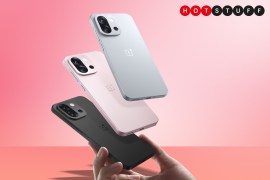Samsung Galaxy S25 Ultra vs Galaxy S24 Ultra: what’s the difference?
This year's Galaxy flagship goes head to head with last year's
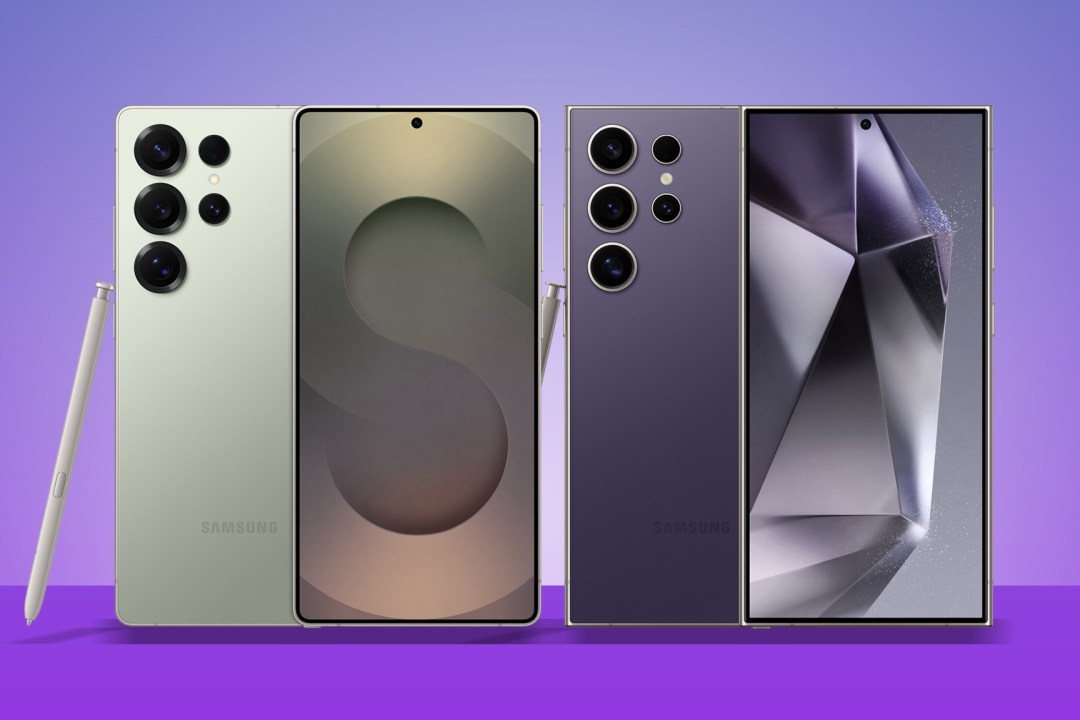
Now that Samsung has officially unveiled the Galaxy S25 Ultra, it’s time to see what has changed over the past twelve months – and whether the new version is worth the upgrade. After all, last year’s Galaxy S24 Ultra comfortably earned a place among the best phones on sale. Can its successor do the same?
Until we give the S25 Ultra a full review we only have Samsung’s spec sheets and an early hands-on to compare to the old model. Anyone hoping for a radical overhaul will be disappointed – but there are more differences under the skin than it first appears. Here’s how the two phones compare.
How we test smartphones
Every phone reviewed on Stuff is used as our main device throughout the testing process. We use industry-standard benchmarks and tests, as well as our own years of experience, to judge general performance, battery life, display, sound and camera image quality. Manufacturers have no visibility on reviews before they appear online, and we never accept payment to feature products. Find out more about how we test and rate products.
Price
Samsung has opened Galaxy S25 Ultra pre-orders now, and the phone will start shipping on the 7th of February. You’ll have to part with $1300 / £1249 for the 256GB model, $1400 / £1349 for 512GB, or $1600 / £1549 for 1TB.
Those prices are identical to last year’s Galaxy S24 Ultra, at least at launch; the now-year-old phone can of course be found for a lot less right now. $899 / £899 seemed to be the average at the time of writing, but you can find the cheapest Samsung Galaxy S24 Ultra prices below:
Samsung Galaxy S25 Ultra vs Galaxy S24 Ultra Specs
Here’s how the two generations compare on specs:
| Galaxy S25 Ultra | Galaxy S24 Ultra | |
| Screen | 6.9in, 3120×1440, 1-120Hz, 2600nits AMOLED | 6.8in, 3120×1440, 1-120Hz, 2600nits AMOLED |
| CPU | Snapdragon 8 Elite for Galaxy | Snapdragon 8 Gen 3 for Galaxy |
| Memory | 12GB | 12GB |
| Cameras | 200MP + 10MP + 50MP + 50MP rear 12MP front | 200MP + 10MP + 50MP + 12MP rear 12MP front |
| Storage | 256GB/512GB/1TB | 256GB/512GB/1TB |
| Battery | 5000mAh | 5000mAh |
| Charge speed | 45W wired, 15W wireless | 45W wired, 15W wireless |
| Durability | IP68 | IP68 |
| Dimensions | 163x78x8.2mm, 218g | 162x79x8.6mm, 232g |
Design & display: cutting corners
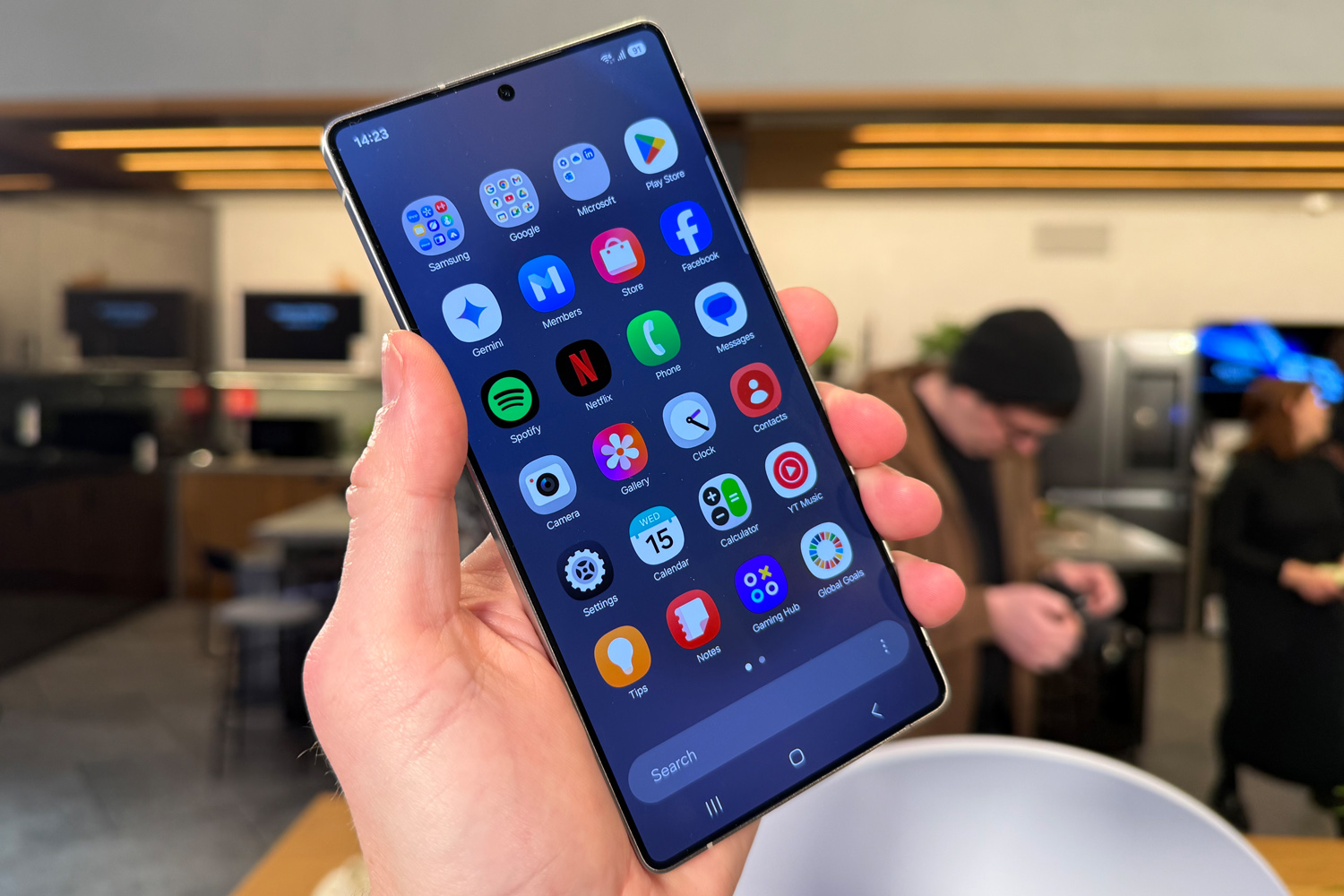
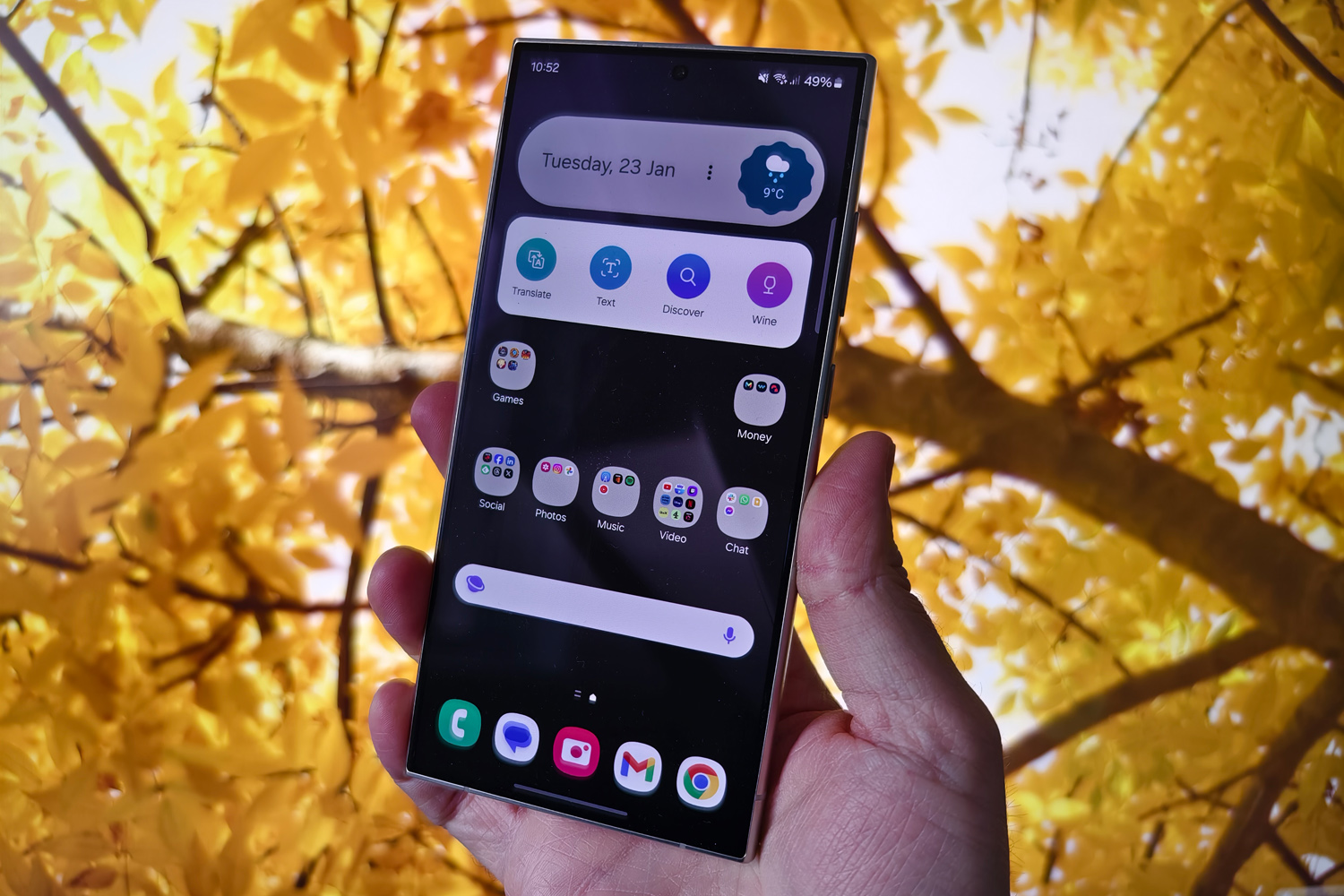
You don’t have to look too hard to spot which Ultra is newer; the S25 has seen its sharp edges rounded off and its titanium frame flattened, bringing it more in line with Samsung’s more mainstream Galaxy models. The display bezels have shrunk, too, which means there’s room for a larger 6.9in display – up from 6.8in on the outgoing S24 Ultra.
The underlying AMOLED panels might be different, but specs-wise they’re largely identical. Expect very similar QHD+ resolutions, a 1-120Hz adaptive refresh rate, and a peak 2600 nits brightness. The newer phone gets Corning Gorilla Armor 2 glass, which is meant to be 29% more fracture-resistant than the S24 Ultra’s Gorilla Armor. Both have the same anti-reflective coating that you won’t find anywhere else.
The S25 Ultra is the firm’s thinnest flagship yet, at 8.2mm (down from 8.6mm on the old model) and Samsung has shaved a significant 15g off the weight. The new phone weighs in at 218g, versus the old one’s 232g.
You’ll be able to pick one up in Titanium Silver, Titanium Blue, Titanium White, Titanium Silver, Titanium Gray or Titanium Black colours. That’s a whole lot of titanium; two more standard variants than the S24 Ultra got, and that’s before you take Samsung web store-exclusive shades into account. Three are returning hues, while three are brand new.
Performance & battery: generation game
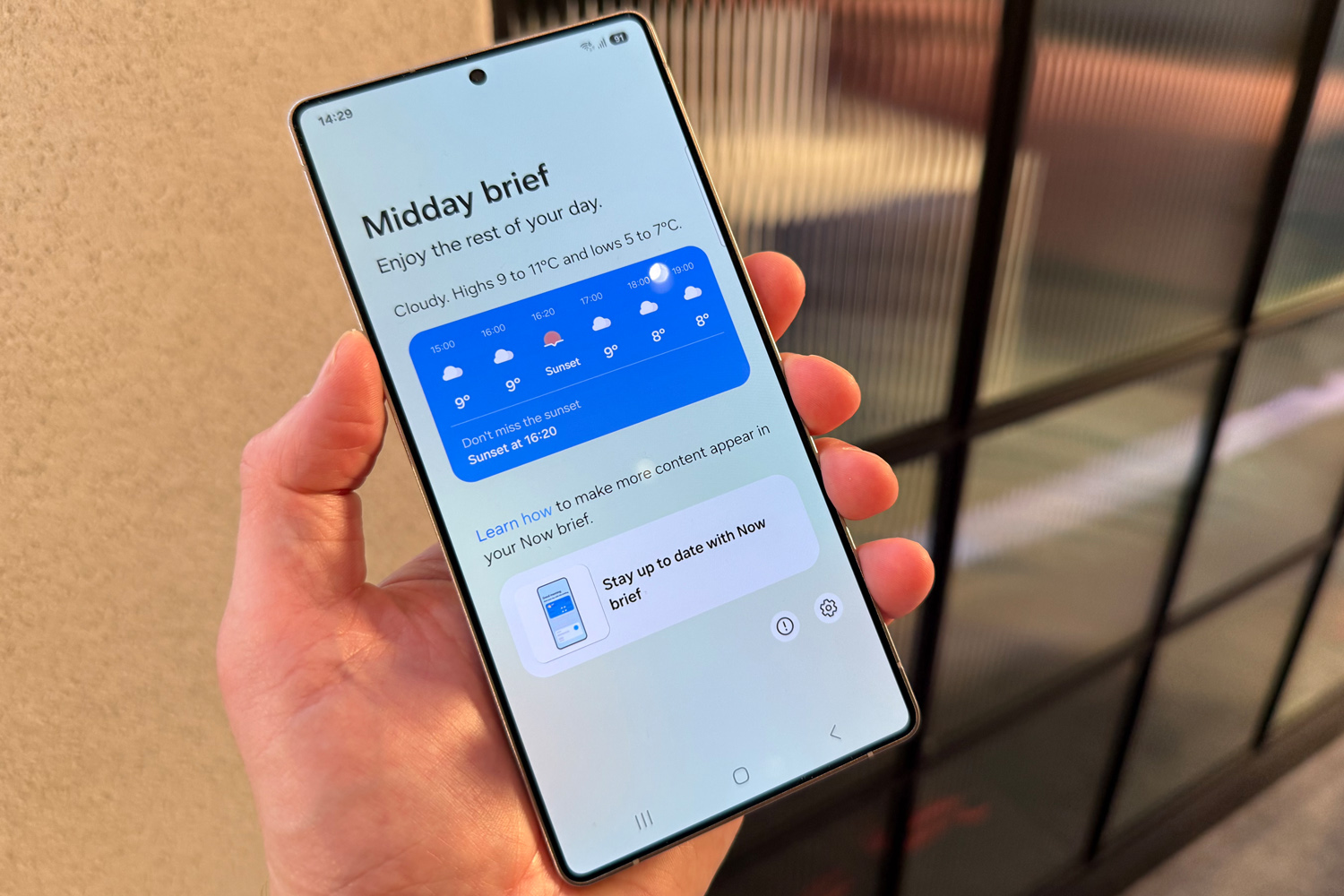

Stick to the spec sheet and there’s only really one difference between Galaxy Ultra generations: the S25 gets a newer Snapdragon 8 Elite for Galaxy chipset, while the S24 uses the older Snapdragon 8 Gen 3 for Galaxy. Both have 12GB of RAM. The former has a lot more AI grunt, though, thanks to a faster NPU, and should be faster everywhere else too. It’s also made on a thinner 3nm process, which should boost efficiency.
That’s only half the story, though. Samsung has given the new phone a 40% larger vapour chamber and used tailored thermal interface material (TIM). The combo should keep the silicon a lot cooler under pressure, which could help with demanding tasks like video editing – or keeping frame rates consistent in 3D games.
There’s less to shout about on the battery side. Samsung hasn’t yet made the switch to silicon carbon cells like most of its Chinese rivals, so the unchanged 5000mAh capacity is starting to look rather anaemic for a flagship phone. The 45W wired and 15W wireless charging speeds are pretty mediocre, too. In theory, the S25 Ultra should last a little longer because of its more efficient chipset, but the S24 Ultra shouldn’t be very far behind.
Cameras: mostly about macros
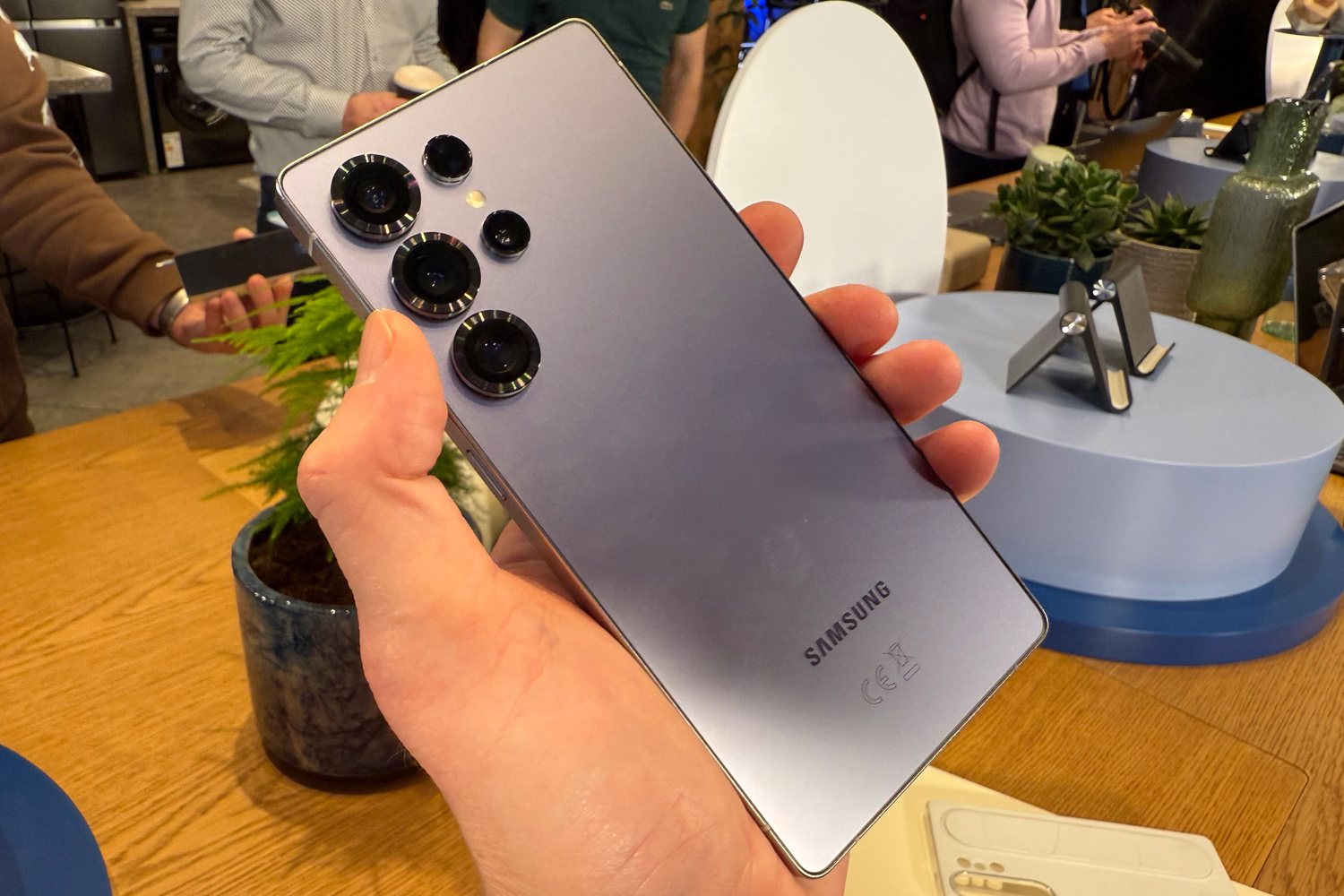
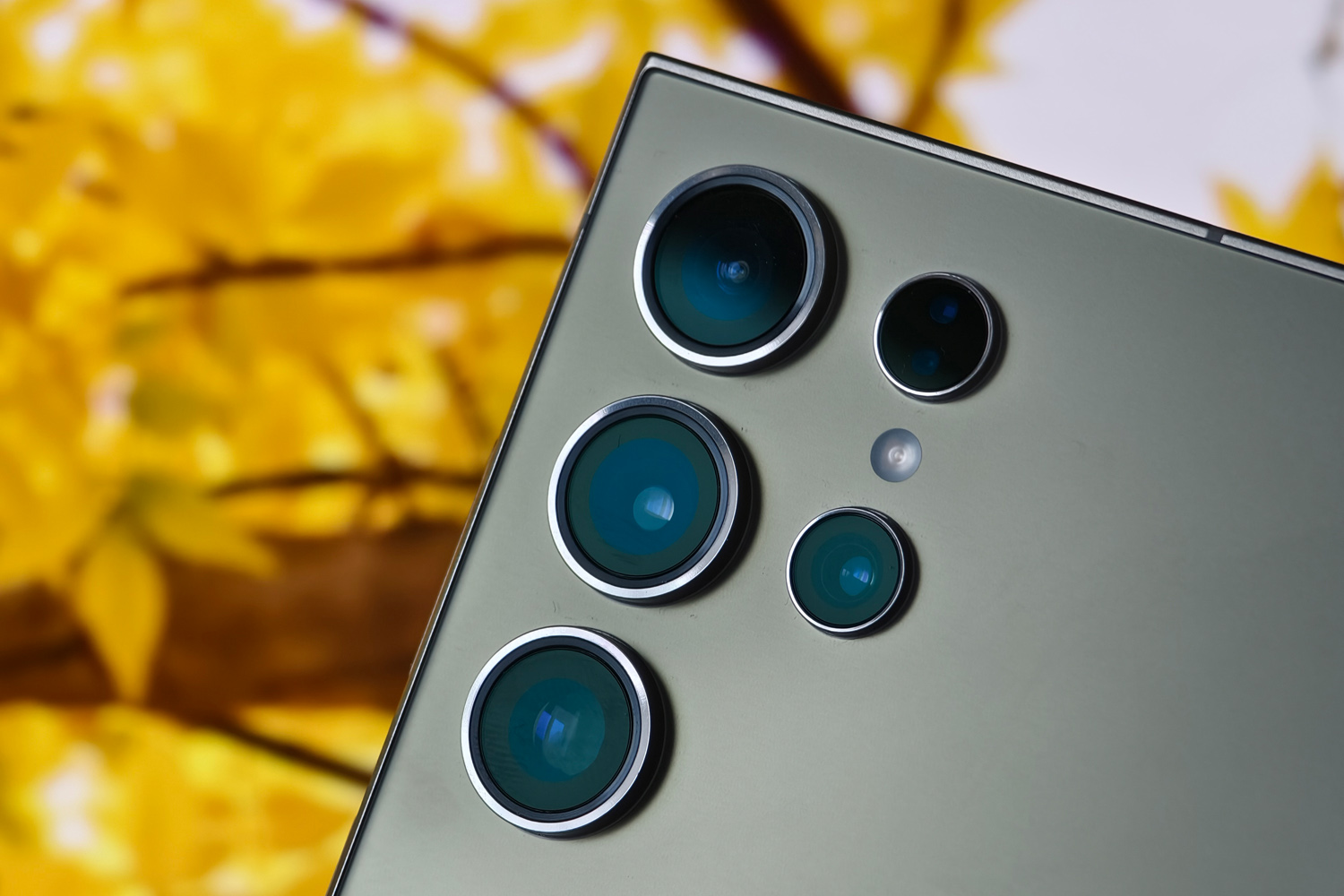
The Galaxy S24 Ultra’s impressive 200MP lead camera (with f/1.7 lens, multi-directional phase detect autofocus and optical image stabilisation) has been carried over wholesale for the S25 Ultra. So have the 10MP, f/2.4 and 50MP, f/3.4 telephoto lenses – one with 3x and one with 5x optical zoom. The only hardware upgrade is to the ultrawide.
Whereas the Galaxy S24 Ultra had a 12MP, f/2.2 snapper with dual pixel PDAF for macro shooting, the S25 Ultra gets a 50MP sensor that should deliver far more detailed close-ups.
A new ProVisual engine and custom Spatial Temporal Filter (STF) promise image quality upgrades across the board, with video seeing the biggest benefit. Samsung’s Galaxy Log format can film in 10-bit HDR for later colour grading, and a virtual aperture lets you adjust depth blur on the fly. The Galaxy S24 Ultra’s AI photo editing tools have been augmented with improved language models, too, which should mean more convincing generative edits.
Samsung Galaxy S25 Ultra vs Galaxy S24 Ultra verdict
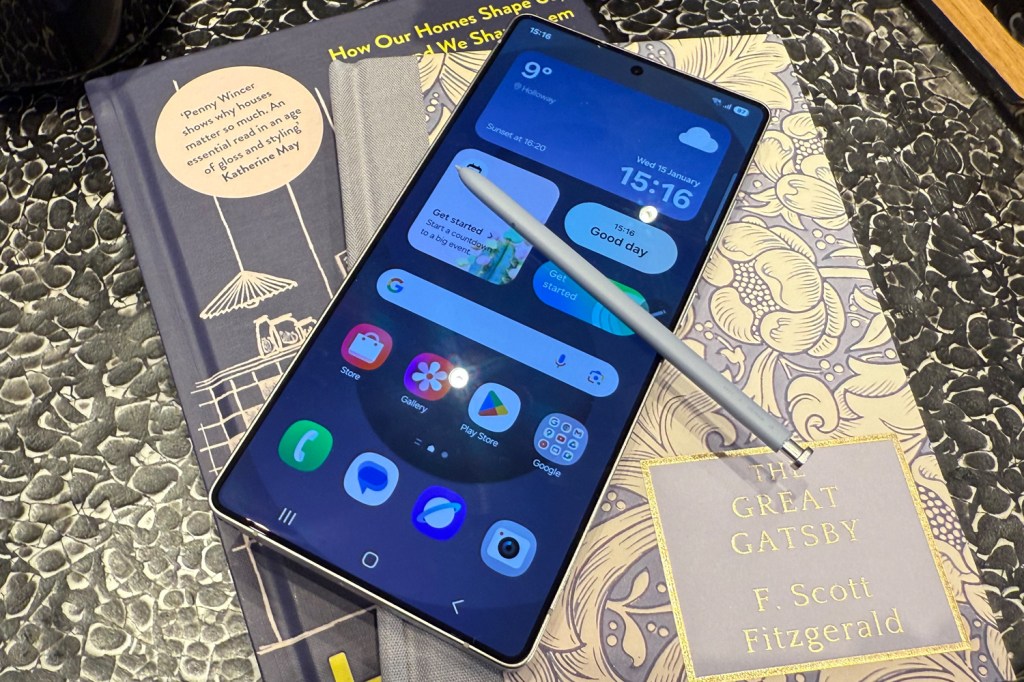
Has Samsung decided it doesn’t need to compete on hardware any more? The Galaxy S25 Ultra certainly makes it feel that way. On specs alone, it looks like a very minor upgrade over the outgoing Galaxy S24 Ultra, and one that isn’t likely to have owners queuing to upgrade. A faster CPU and higher resolution ultrawide camera haven’t exactly set pulses racing here at Stuff – especially as the older phone will surely get the newer one’s AI upgrades as a software update later down the line.
A mild design refresh is welcome, as is the fact prices haven’t climbed from last year. But on first inspection, there’s very little here to justify a year-on-year upgrade. It might make more sense for those coming from an older handset – but only if they refuse to see what the wider Android world has to offer.


